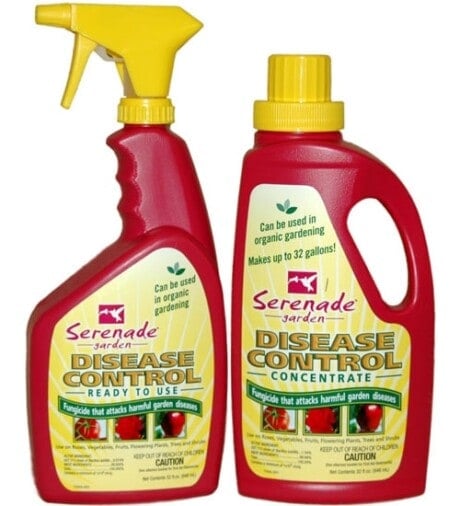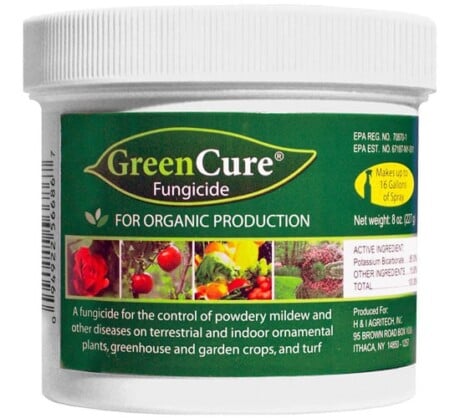Gray Mold
Learn proven strategies for identifying and treating Botrytis blight or gray mold disease on plants.

Found on a wide range of plants (too many to mention), gray mold (Botrytis cinerea) is a fungal disease that travels quickly through gardens, especially during damp, cool to mild weather. Disease symptoms appear as grayish colored soft, mushy spots on leaves, stems, flowers and on produce. Spots may become covered with a coating of gray fungus spores, especially if humidity is high. Fruit or plants shrivel and rot and often develop black, stone-like sclerotia — a compact mass of hardened fungal filaments — under rotted parts.
Gray mold is often found near the soil surface or in the densest areas of the plant canopy. It develops on wilted flowers first, then spreads quickly to other parts of the plant. The disease may also occur in storage areas causing rotting of harvested fruits and vegetables.
Botrytis blight overwinters on plants, in or on the soil, and as sclerotia. Spores develop when conditions are optimal, and are moved by wind or splashing water onto blossoms or young leaves, where they germinate and enter the plant. Spores require cool temperatures (45-60 F.) and high humidity (93% and above) to germinate. Germinating spores rarely penetrate green, healthy tissue directly, but can enter through wounds on growing plants. Cuttings are particularly susceptible to infection.
Treatment
- Prune or stake plants to improve air circulation between plants. Make sure to disinfect your pruning equipment (one part bleach to 4 parts water) after each cut.
- If growing indoors use a small clip-on fan to improve air flow.
- Keep the soil under plants clean and rake up any fallen debris.
- Add a good amount of organic compost or mulch under plants. Mulches will prevent the fungal spores from splashing back up onto flowers and leaves.
- Water in the early morning hours, or use a soaker hose, to give plants time to dry out during the day.
- Do not compost infected plant leaves or stems, and thoroughly clean up garden areas in the fall to reduce over wintering sites for the fungal spores.
- Copper-Soap fungicides will help by protecting plants from disease spores. Apply at the start of flowering and continue every 7-10 days until harvest. Fungicidal sprays are especially warranted when weather forecasts predict a long period of cool, wet weather.
- Safely treat most fungal diseases, including Botrytis blight, with SERENADE Garden. This broad spectrum bio-fungicide uses a patented strain of Bacillus subtilis that is registered for organic use. Best of all, SERENADE is completely non-toxic to honey bees and beneficial insects.
- Mycostop, a biological fungicide approved for organic use, has shown suppression of the disease. Direct spray (5 gm/ 50 liters of water) to susceptible leaves, flowers and fruits to point of run-off. Apply every 2-3 weeks, or as needed depending on disease pressure.
- Green Cure Fungicide contains a patented formula of potassium bicarbonate — commonly used in food products — that kills many plant diseases on contact and provides up to 2 weeks of residual protection. At first sign of disease, mix 1-2 Tbsp/ gallon of water and apply to all exposed surfaces of the plant. For best protection, repeat at 1-2 week intervals until conditions are no longer favorable for disease development.













